Currently, the United States Navy is dealing with a minor “nuclear disaster” of sorts. It isn’t an accident, however, but one of poor planning. The service has spent years and untold dollars trying to figure out how to recycle the ex-USS Enterprise (CVN-65), the world’s first nuclear-powered aircraft carrier — which was officially decommissioned in February 2017 after more than five decades in service.
Due to the fact that her nuclear reactors must be removed, it will be impossible to preserve the vessel as a museum, despite repeated calls from naval history buffs. It was even reported in May of 2023 that it could take upwards of five years and cost as much as $700 million to break up the ship at a commercial yard. Still another plan saw the recycling effort dragging on for 15 years and costing nearly $1.4 billion. The end of life of a nuclear-powered carrier is something that needs to be considered as the U.S. Navy will be replacing its numerous aging Nimitz-class carriers in the coming years.
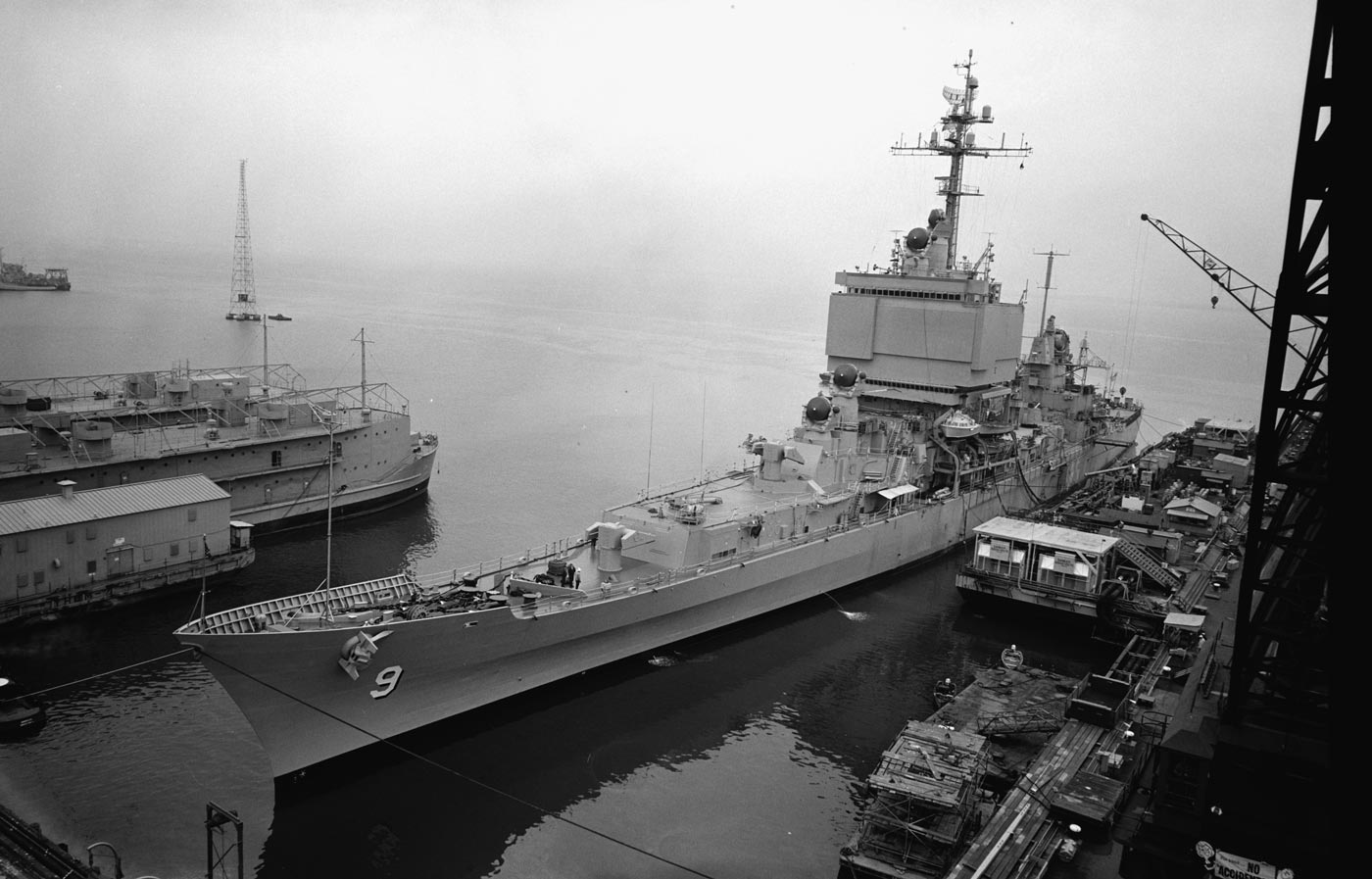
Perhaps, the United States Navy and lawmakers should have seen this problem coming long ago. The USS Enterprise wasn’t the first nuclear-powered warship built, nor was it the first to be retired.
Origin Story
The United States was the first to harness the power of the atom, but atomic research didn’t stop with the development of the atomic bomb. Rather, it proceeded apace. The Soviet Union exploded its first nuclear device in 1949; just four years after the U.S. had led the effort. The U.S. then demonstrated the vastly more-powerful hydrogen bomb, and a race for more powerful nuclear weapons continued.
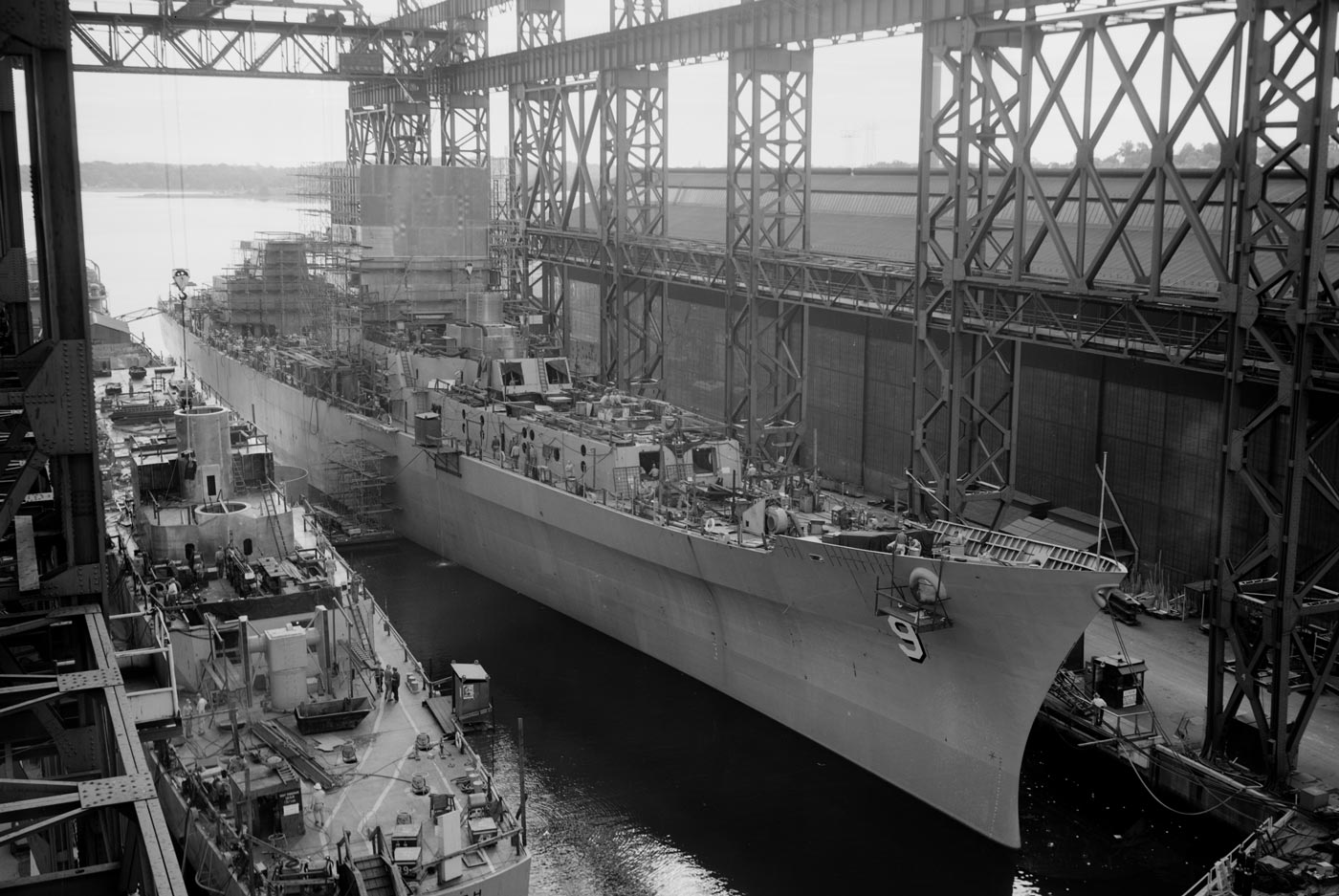
At the same time, the power of the atom wasn’t seen as limited to just destruction. The United States Navy began to conceive how nuclear power could be employed as a propulsion system, notably for its submarines. Nuclear power meant a submarine could remain submerged for extended periods of time as it could create steam power that required no oxygen and gave off no exhaust.
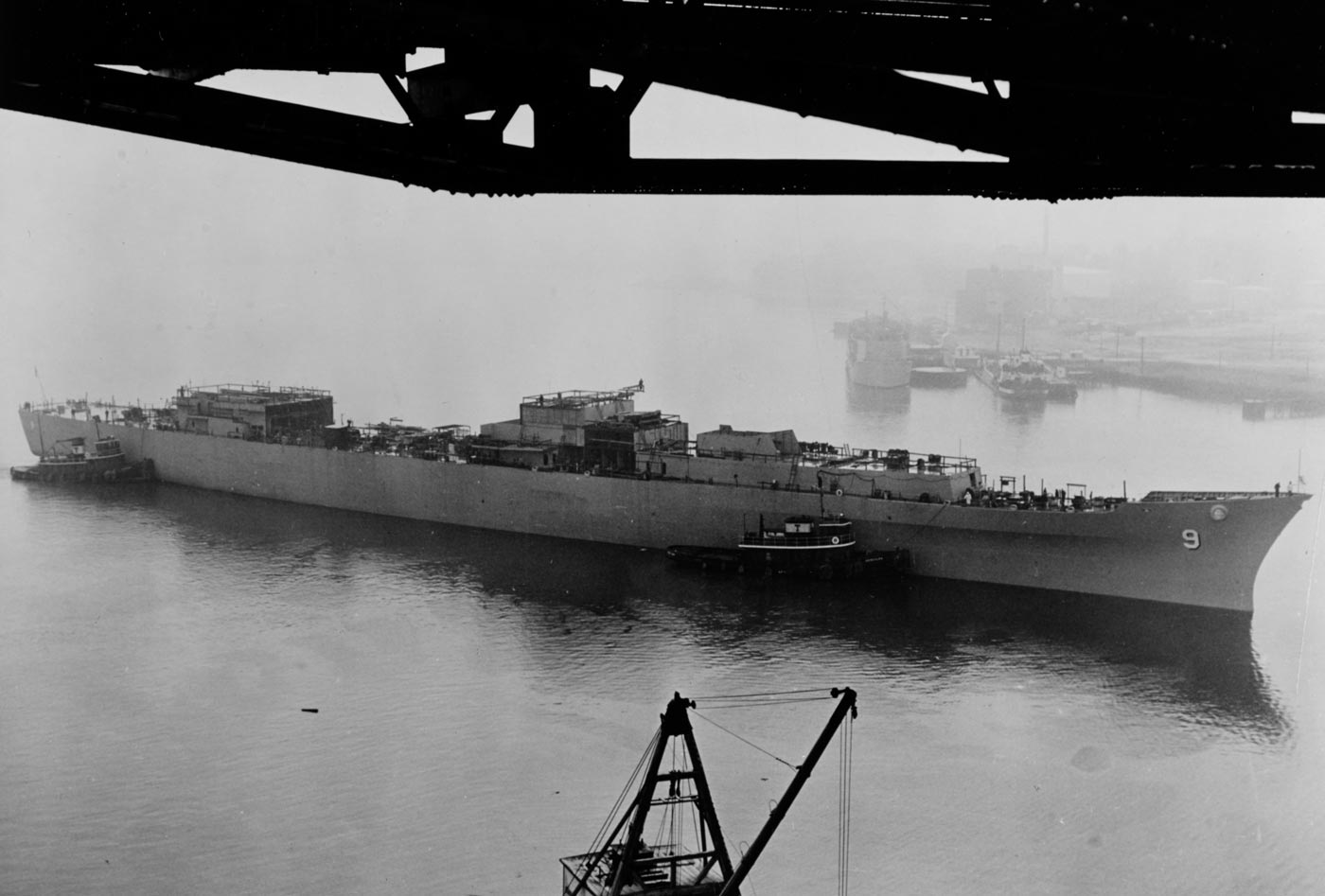
That led to the development of the USS Nautilus (SSN-571), which was launched on January 21, 1954. The boat wasn’t exactly a great leap forward in technology, and apart from her revolutionary propulsion system, SSN-571 was designed along fairly conventional lines. Yet, she was noted for being the first military vessel powered by a nuclear reactor. USS Nautilus ushered in the nuclear U.S. Navy, and today the service’s submarine fleet is entirely nuclear-powered.
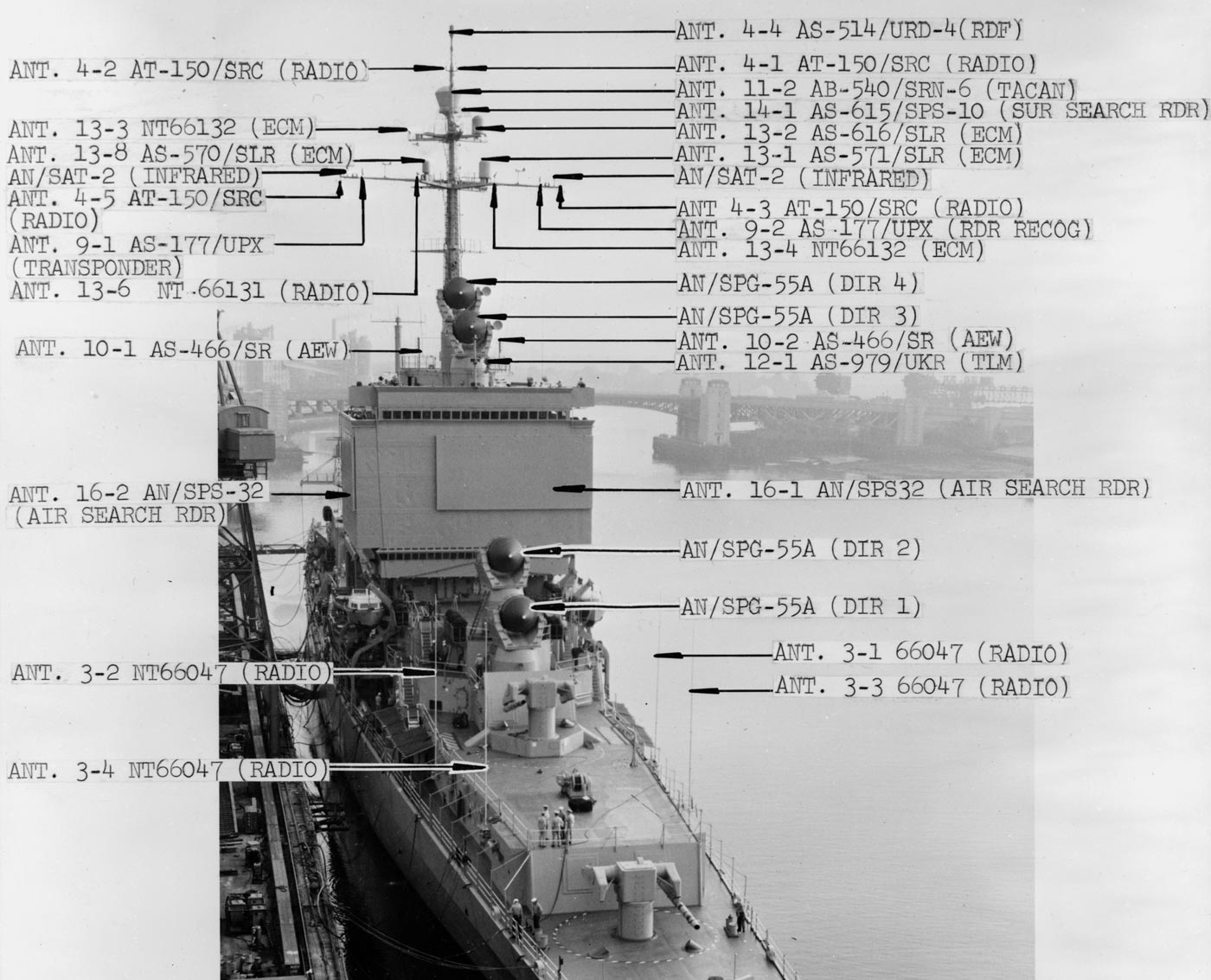
In addition, the sea service currently operates 10 Nimitz-class and one Gerald R. Ford-class supercarriers. The former vessels will be replaced on a one-for-one basis by the latter over the next five to six decades — at least that’s the current plan.
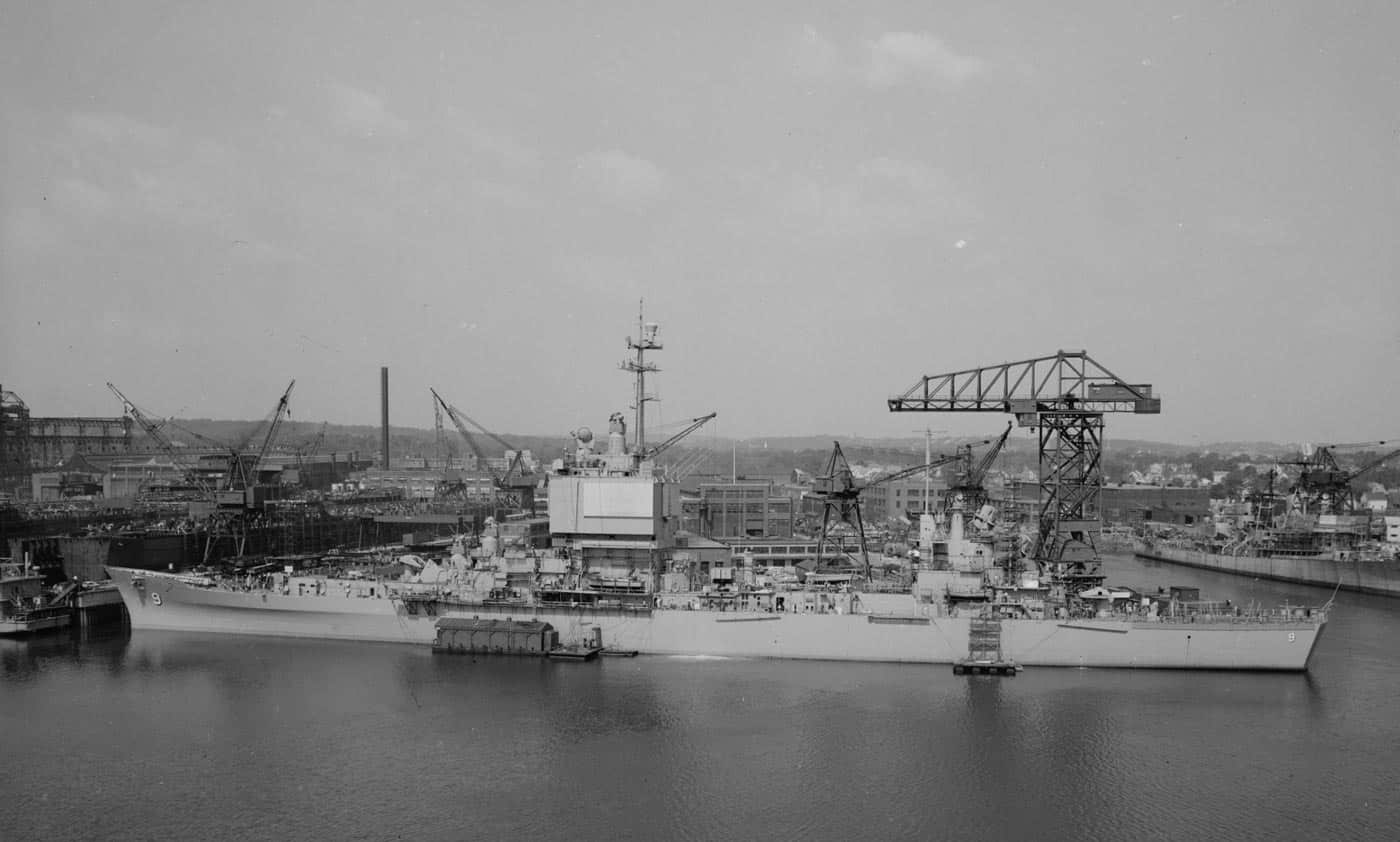
What is sometimes forgotten is that the USS Enterprise wasn’t the first surface combatant to be powered by a nuclear reactor. That distinction goes to the USS Long Beach (CGN-9), which was also the final guided-missile cruiser based on a cruiser design rather than on the scaled-up destroyer hulls.
Enter the USS Long Beach
The keel for the USS Long Beach was laid down in 1957 by the Bethlehem Steel Company at the Fore River Shipyard, Massachusetts. Like the USS Nautilus, it was a mix of the old — as noted featuring the classic cruiser design, but with a nuclear power plant.
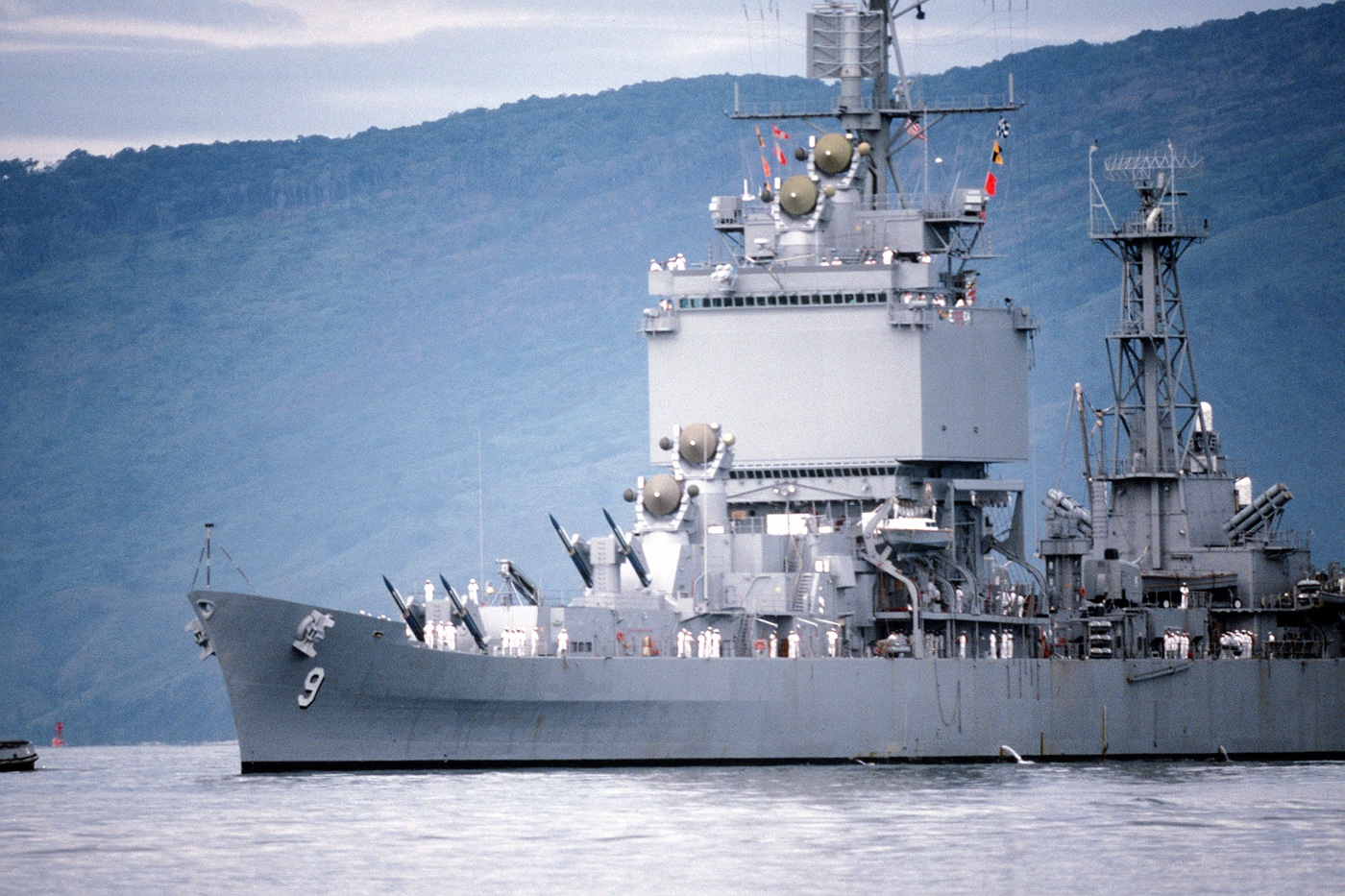
The 17,000-ton warship was the first cruiser to be built for the U.S. Navy since the Second World War.
Originally, naval planners sought to build a frigate as a test platform, but the design was significantly increased to accommodate her armament. Her hull was expanded to accommodate various missile systems, yet retained the long, slender lines of a cruiser. The vessel was 220 meters (721 feet, three inches) in length, with a beam of 21.79 meters (71 feet, six inches), and a draught of 9.32 meters (30 feet, seven inches). The cruiser was further notable for being the first to be designed as an “all-missile” ship instead of being armed with large guns to strike coastal targets.
Armament included a pair of forward Mk-10 launchers with Terrier surface-to-air missiles and a Mk-12 launcher with Talos surface-to-air missiles — although she was armed with a pair of 127mm (5-inch) Mk30 guns, and equipped with a helicopter landing pad at her stern.
USS Long Beach was unlike any cruiser before or since.
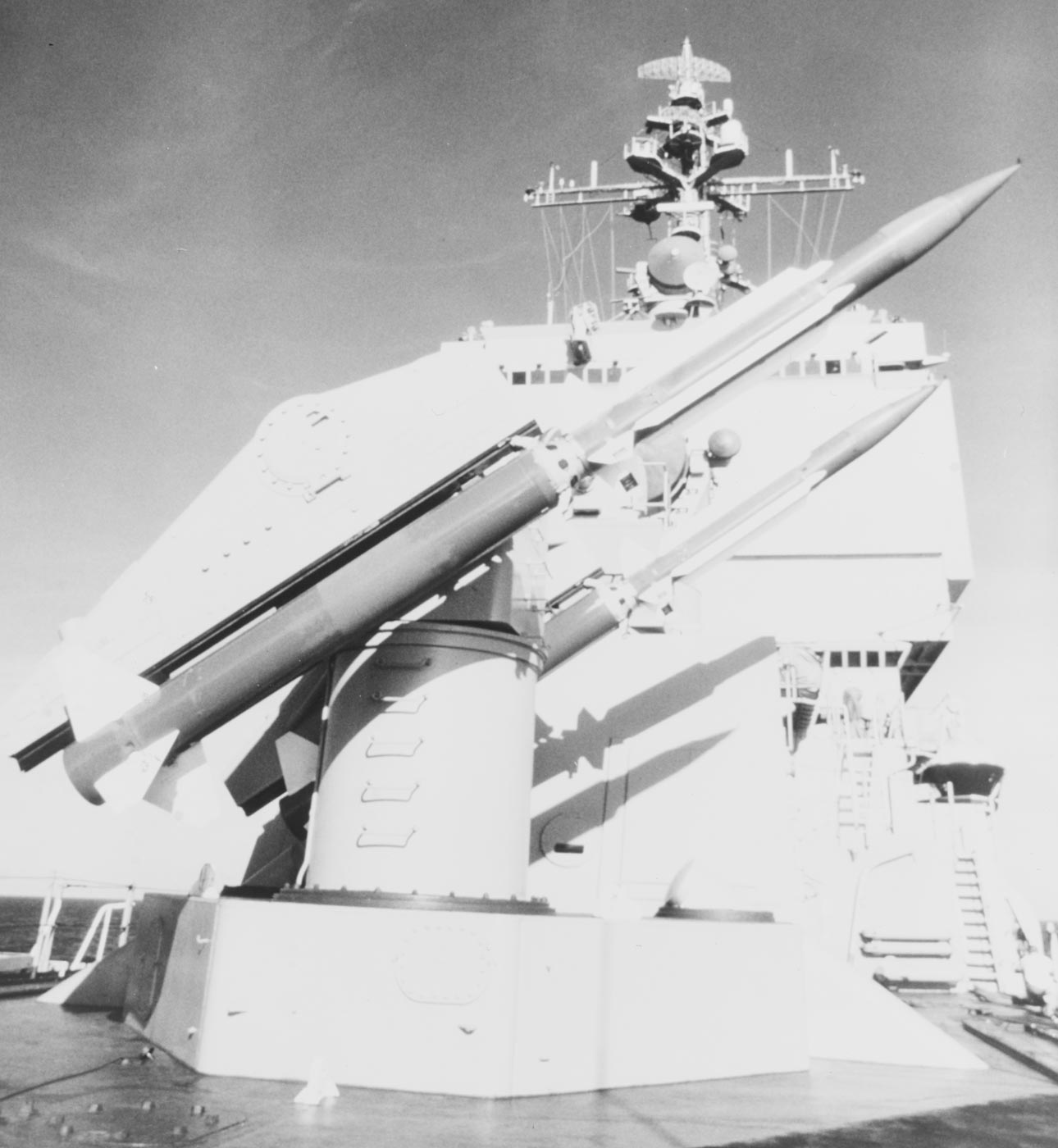
As an experimental platform, the USS Long Beach was also the only ship of her class, powered by two C1W nuclear reactors — one for each propeller shaft — providing 59.68 MW of power. CGN-9 was capable of speeds in excess of 30 knots and had essentially unlimited range.
Because of the placement of the nuclear reactors, the USS Long Beach had the highest bridge structure of any warship smaller than an aircraft carrier, while it also housed the SCANFAR radar system, which comprised the AN/SPS-32 and AN/SPS-33 phased array radars. The nuclear-powered cruiser carried a complement of 1,160 officers and men. Because of the nuclear propulsion, the crew lived in a temperature-controlled environment, and the warship featured many amenities, including an ice cream bar!
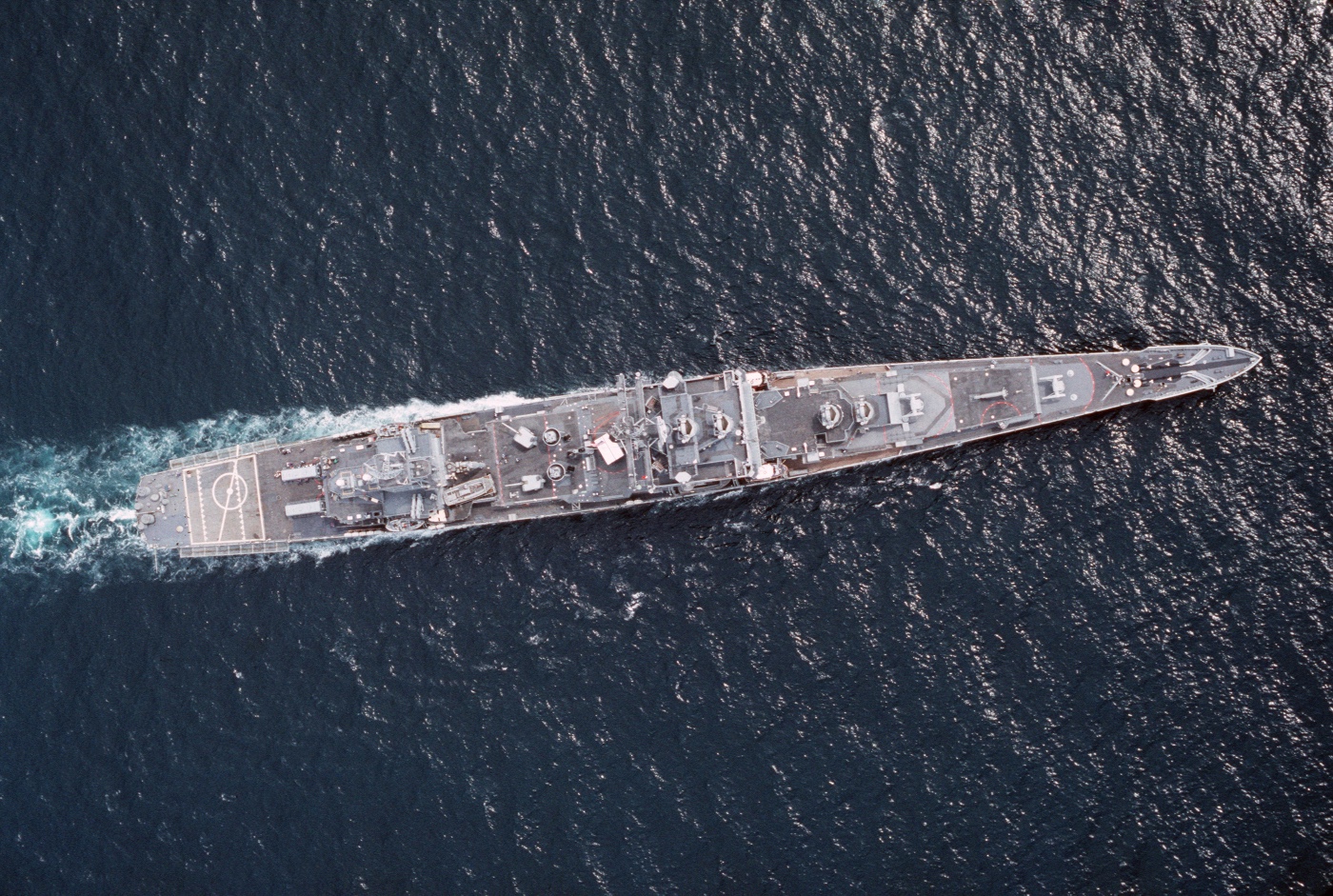
When she was commissioned in September 1961, CGN-9 became the third vessel named for the California coastal community. A converted German cargo ship that had been seized during the First World War was the first ship to bear the name, and a patrol frigate that saw service in the Second World War was the second.
Operation Sea Orbit
A second nuclear-powered cruiser was also built in the early 1960s — the USS Bainbridge (DLGN-25/CGN-25), named to honor Commodore William Bainbridge. Also originally designed as a nuclear-powered guided-missile destroyer leader (or frigate), that vessel was later redesignated as a cruiser.
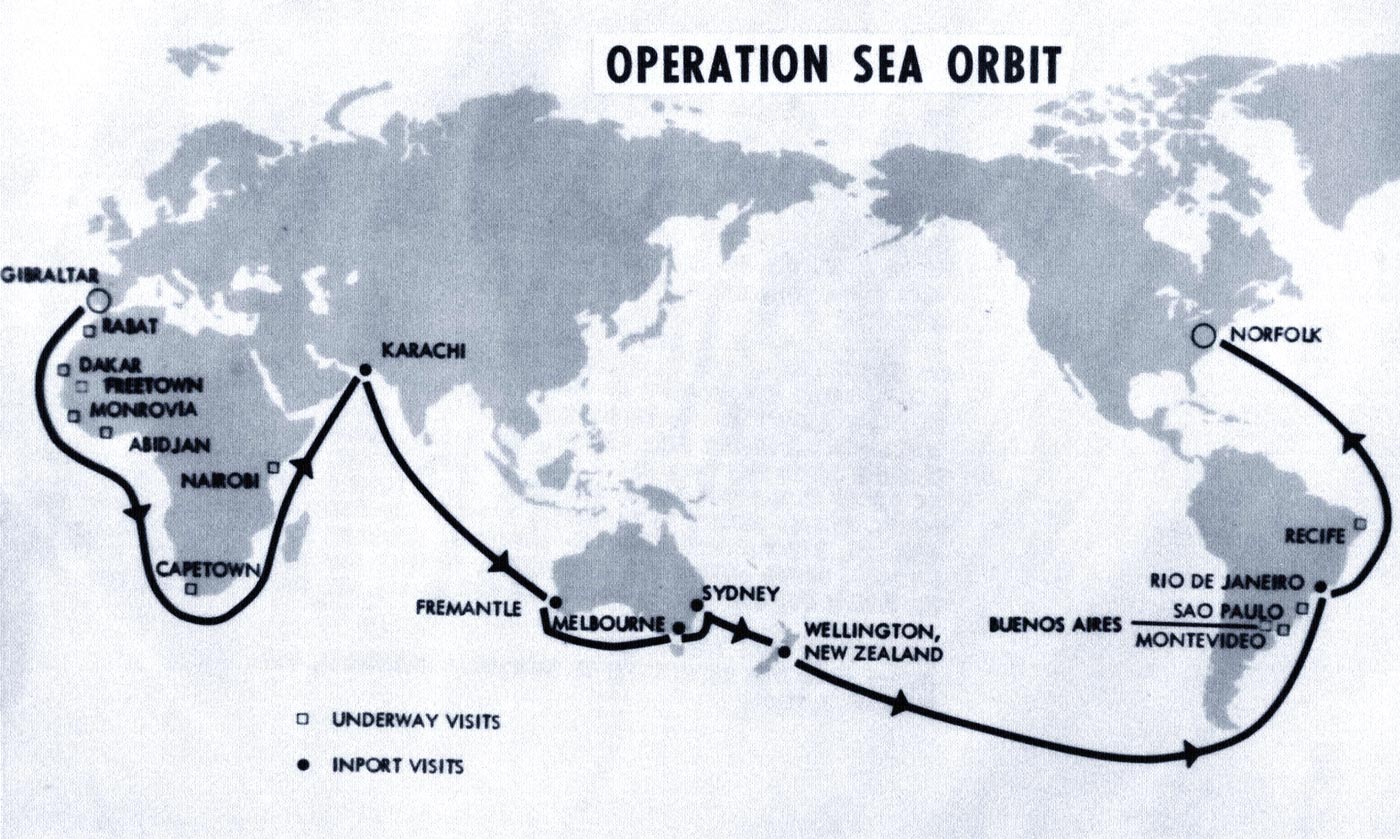
DLGN-25 joined the USS Long Beach and USS Enterprise as the all-nuclear-powered Task Force 1 in Operation Sea Orbit, which began in July 1964, as the three warships conducted a two-month unrefueled cruise around the world, steaming 30,565 miles. It was the first such battle force of its kind in the history of naval operations.
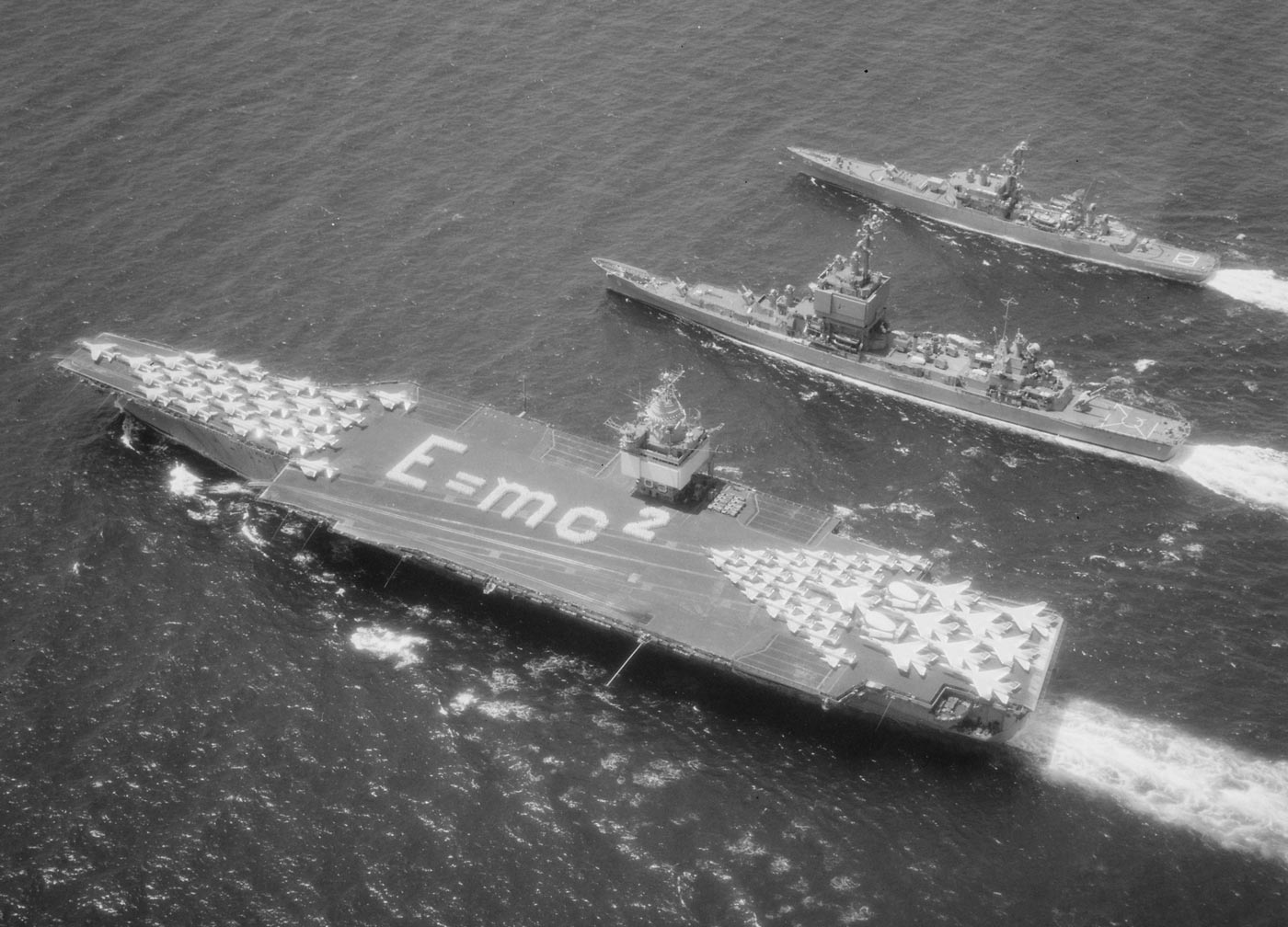
Two other world circumnavigations were made by U.S. nuclear vessels, but by submarines rather than surface combatants.
The Long Beach Goes to War in Vietnam
The USS Long Beach was deployed to the Western Pacific in 1966 for her first tour of duty off Vietnam, and she was stationed mainly in the northern part of the Gulf of Tonkin. The U.S. Navy had created a Positive Identification Radar Advisory Zone (PIRAZ), which allowed the warship to monitor for North Vietnamese intruder aircraft that attempted to “mingle” with U.S. strike aircraft returning to their carriers.
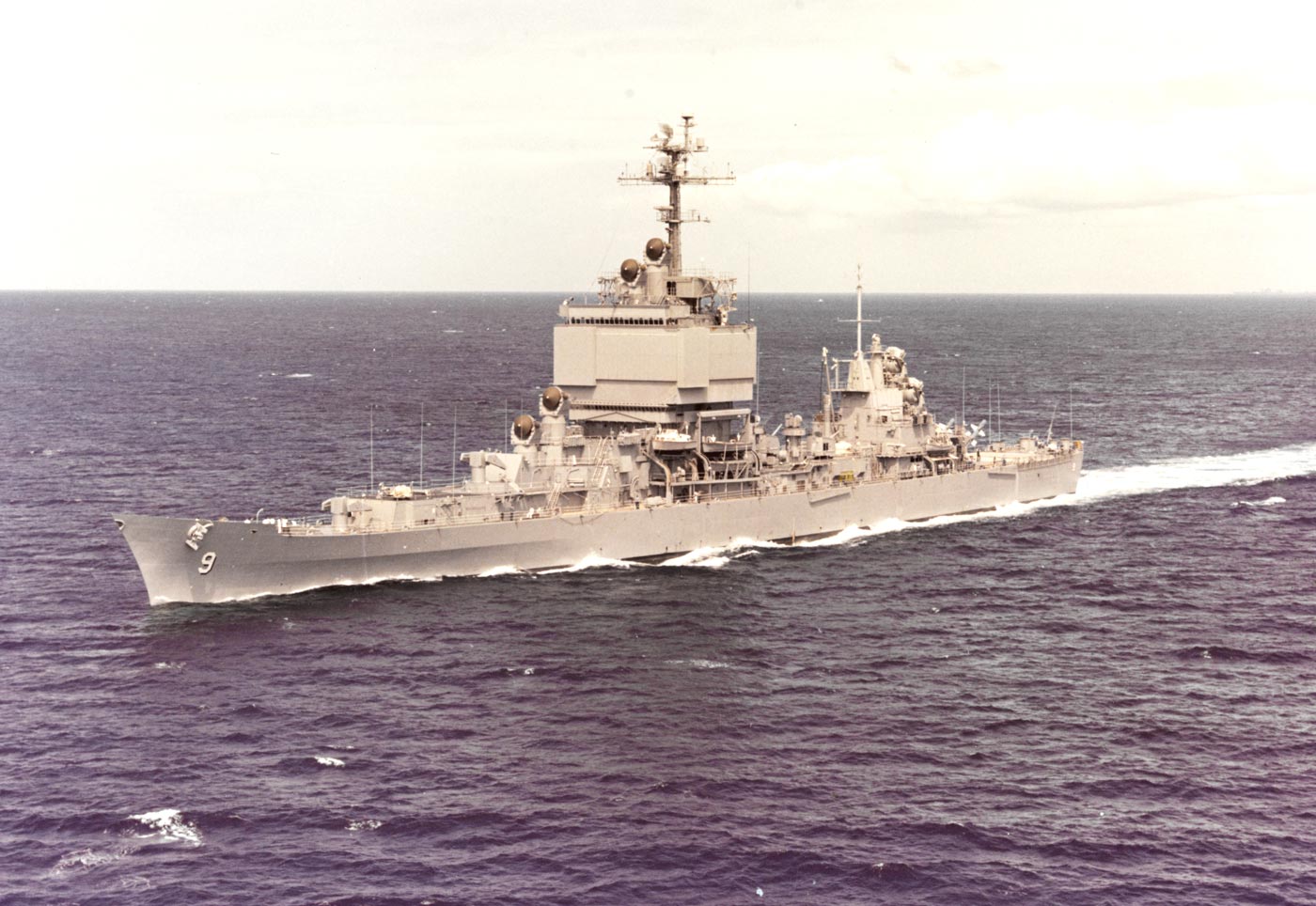
During that first deployment, one of CGN-5’s Air Intercept Controllers (AIC) directed a U.S. Navy F-4 Phantom to engage an Antonov An-2 (NATO reporting name Colt) that had attempted to engage South Vietnamese naval units.
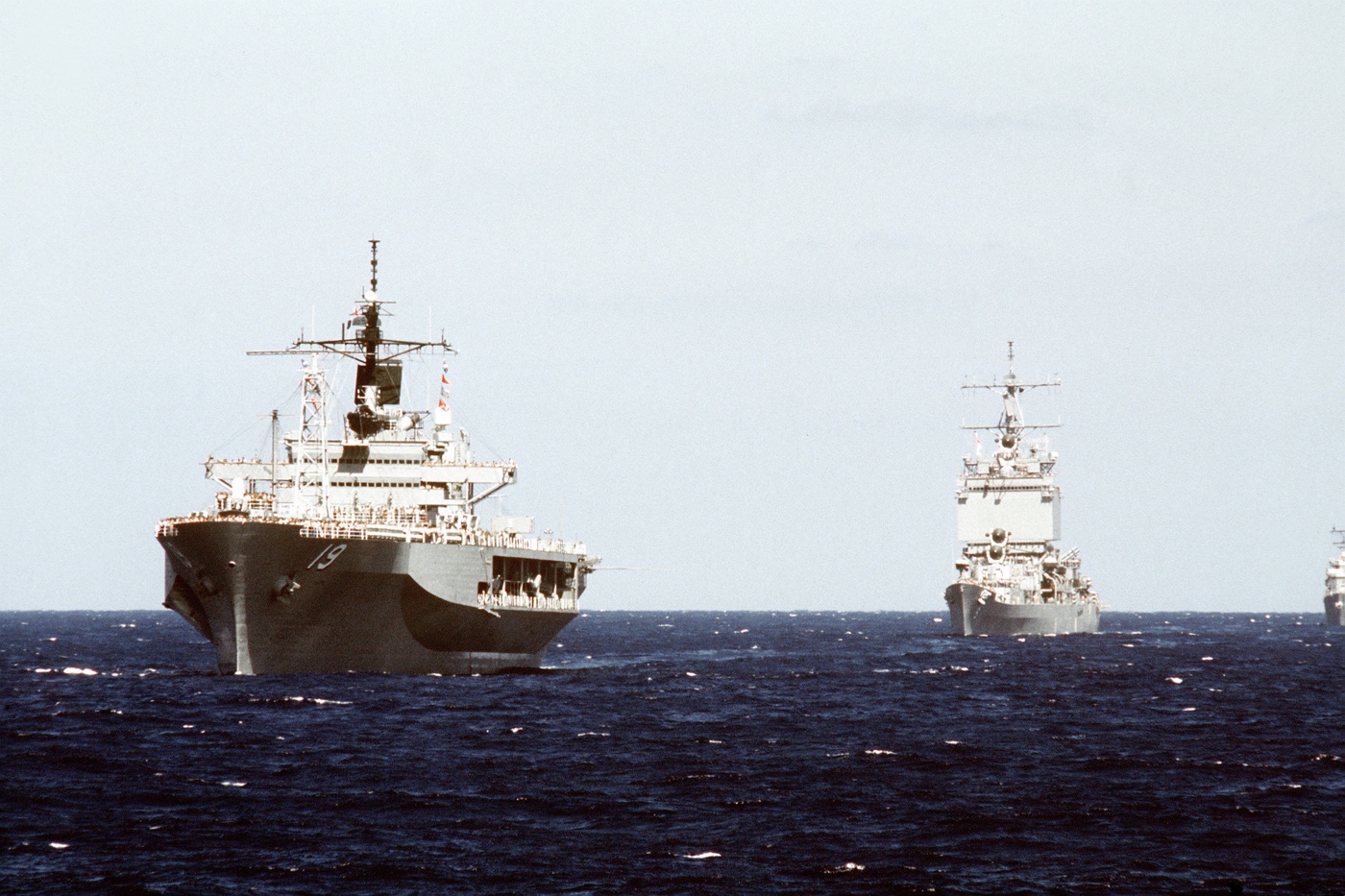
After returning to the United States in 1967, the warship returned to the Gulf of Tonkin a year later and during that deployment fired Talos missiles, which destroyed two North Vietnamese MiG-17s at a range of 112 km (70 miles) — marking the first confirmed use of a naval surface-to-air missile in combat.
Rescue Duties and Later Combat Operations
While in the region during and after the war, the nuclear-powered guided-missile cruiser also provided facilities for on-board search-and-rescue helicopter operations. USS Long Beach was part of the task force assembled in May 1975 to rescue American seamen after Cambodia’s Khmer Rouge seized the SS Mayaguez and its crew of 39 in international waters.
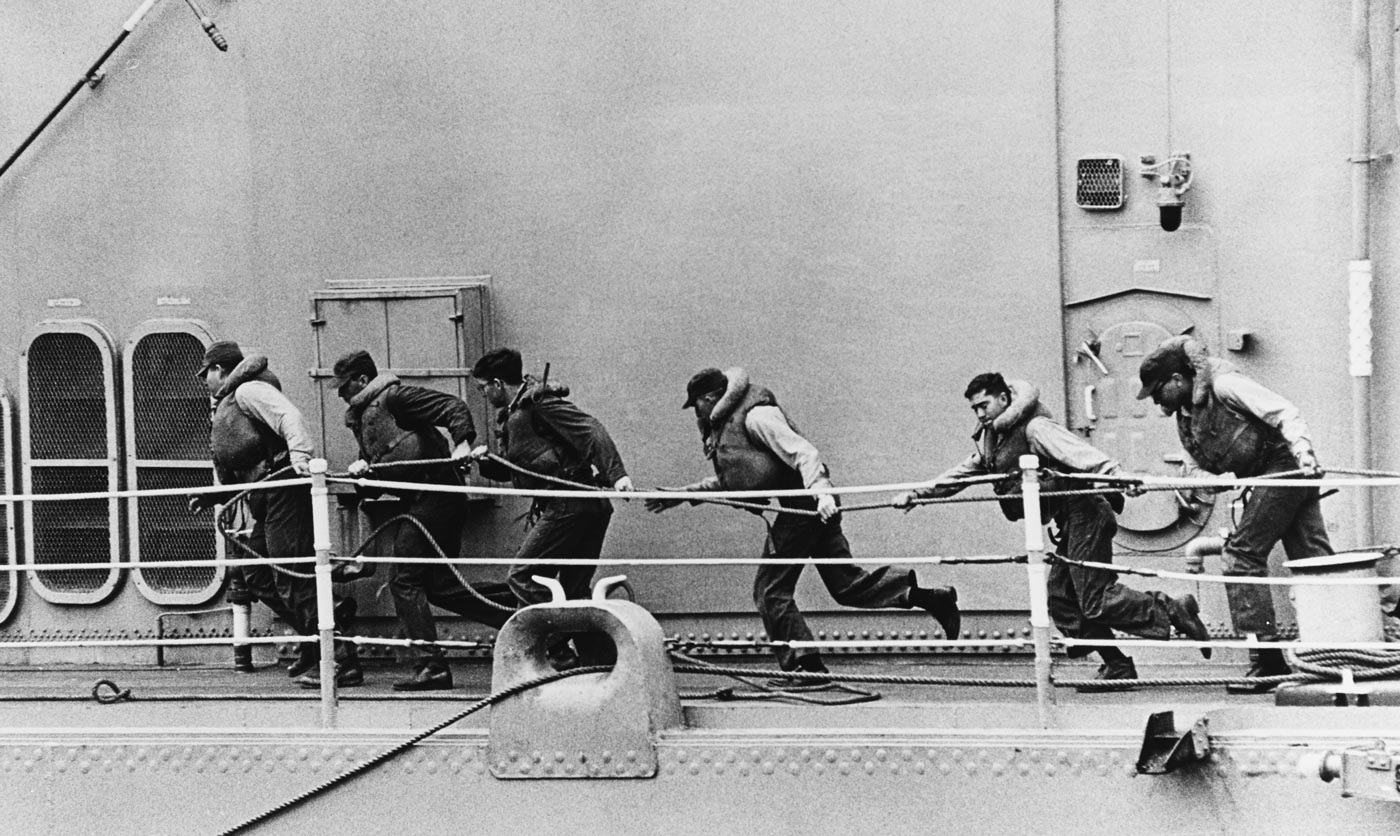
In 1980, the warship helped rescue more than 100 Vietnamese “boat people” who had fled the Communist regime.
In the late 1970s, the Talos surface-to-air platform was deemed obsolete, and the cruiser’s launchers and radars were moved and replaced by two quadruple Harpoon surface-to-surface missile launchers, while the ship received upgraded SPS-48 and SPS-49 radars. The Terrier missiles were also replaced by Standard SM-2ER SAMs.
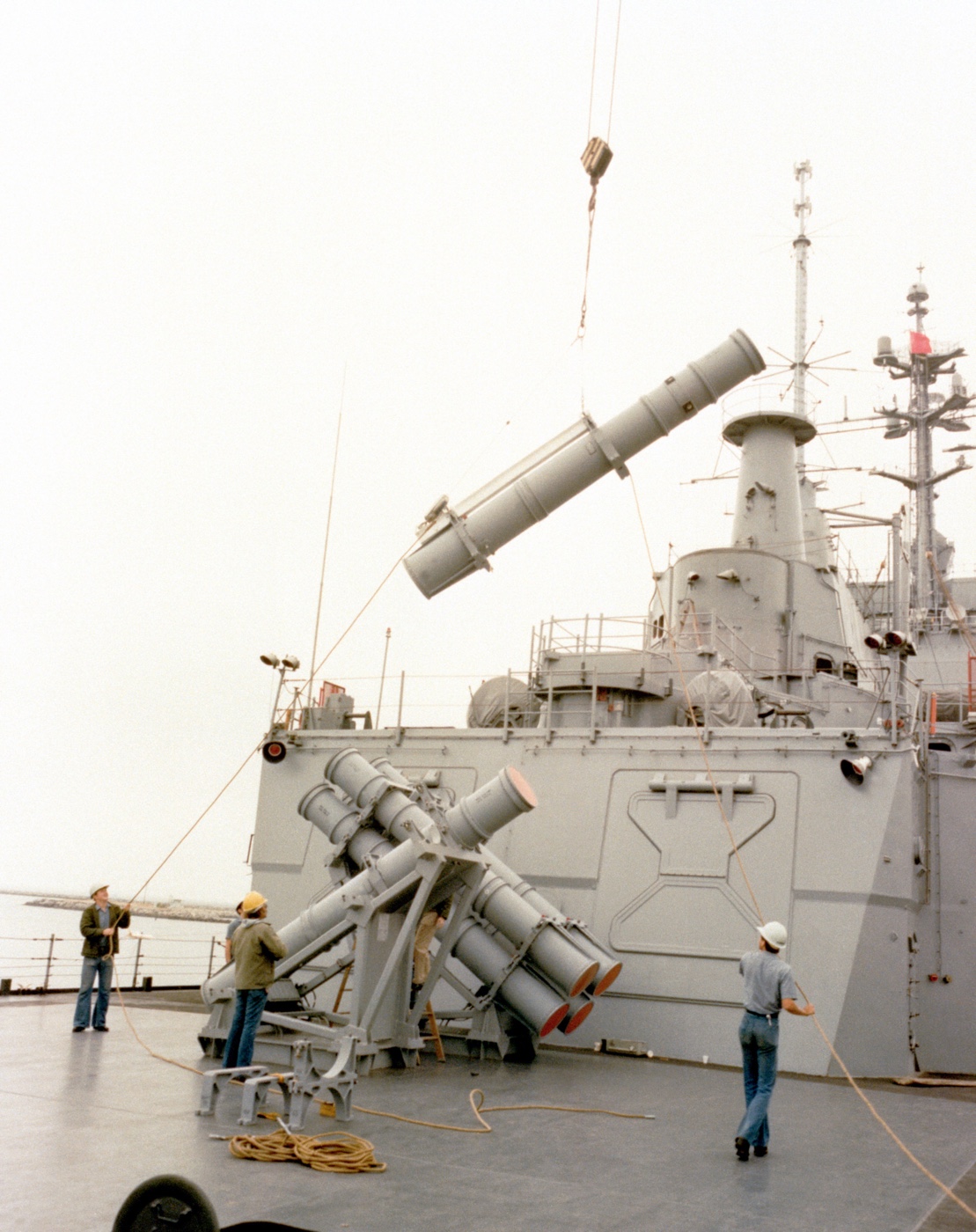
In 1986, two armored box launchers for the Tomahawk cruise missile were installed, and the Harpoons were repositioned along the superstructure. Kevlar armor and a Tactical Flag Command Center were also added to the warship, while it received two Phalanx Close-in Weapon Systems (CIWS) to add to the cruiser’s air defenses.
The USS Long Beach was later among the warships that provided support for 1987’s Operation Nimble Archer, the U.S. Navy’s response to the Iranian missile attack on the Kuwaiti oil tanker MV Sea Isle City at anchor off Kuwait. The U.S. conducted an attack on Iranian oil platforms that were alleged to have been used as command-and-control posts with radars to track commercial shipping.
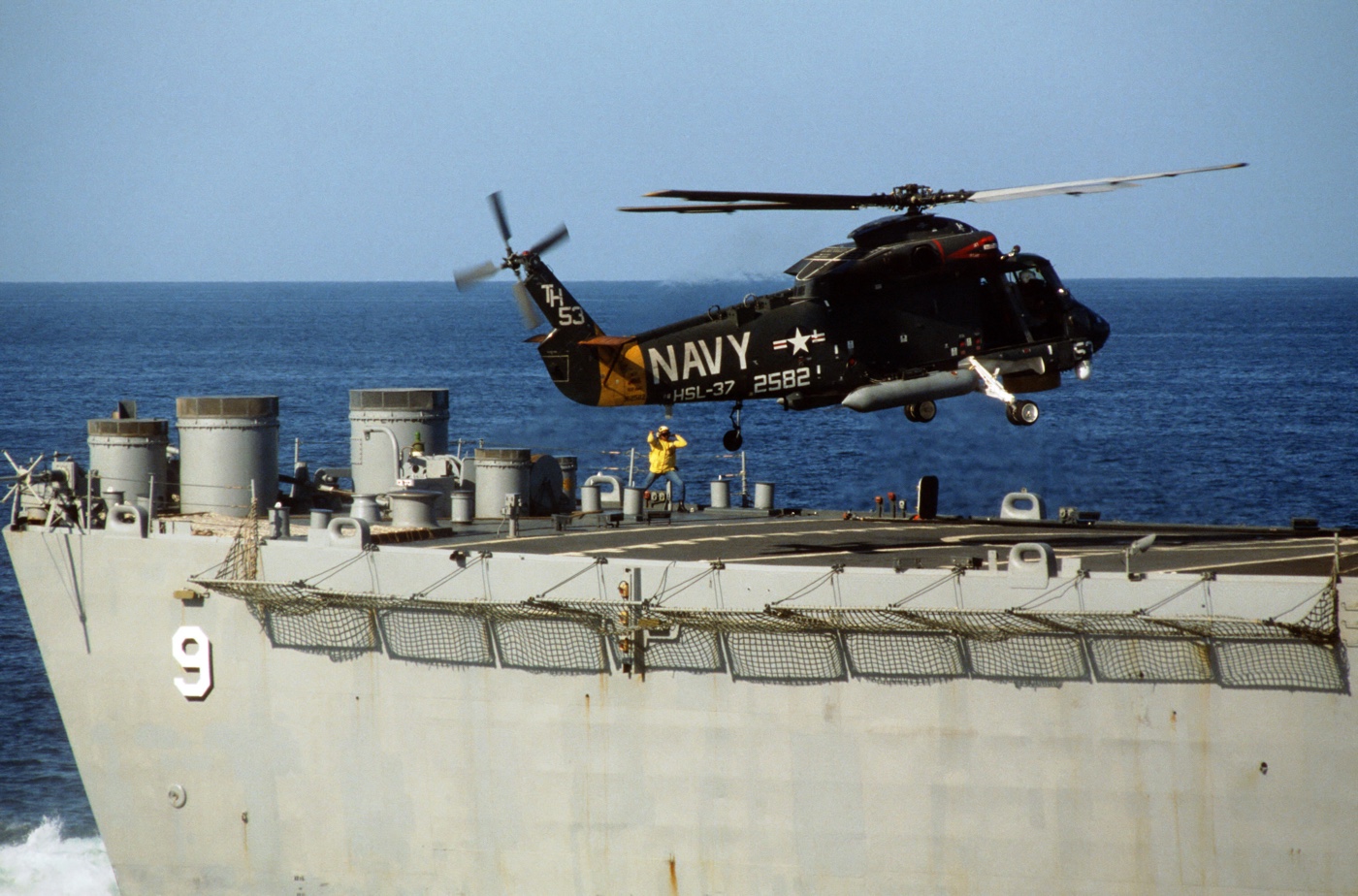
In 1991, USS Long Beach took part in the coalition task force during Operation Desert Storm — the Gulf War campaign against Iraq. Later, she took part in rescue operations as part of Operation Fiery Vigil, where she helped evacuate U.S. military members from Clark Air Base and U.S. Naval Base Subic Bay following the volcanic eruption of Mount Pinatubo personnel in the Philippines.
End of the Line for USS Long Beach
While there had been plans to further upgrade the USS Long Beach with the Aegis Combat System in the early 1990s, it called for her superstructure to be completely rebuilt. However, defense budget cuts after the end of the Cold War and the dissolution of the Soviet Union put the squeeze on upgrading the ship. Combined with the anticipated higher operating costs of operating the nuclear-powered vessel, the Pentagon decided to decommission all of the U.S. Navy’s nuclear-powered surface vessels, apart from the aircraft carriers.
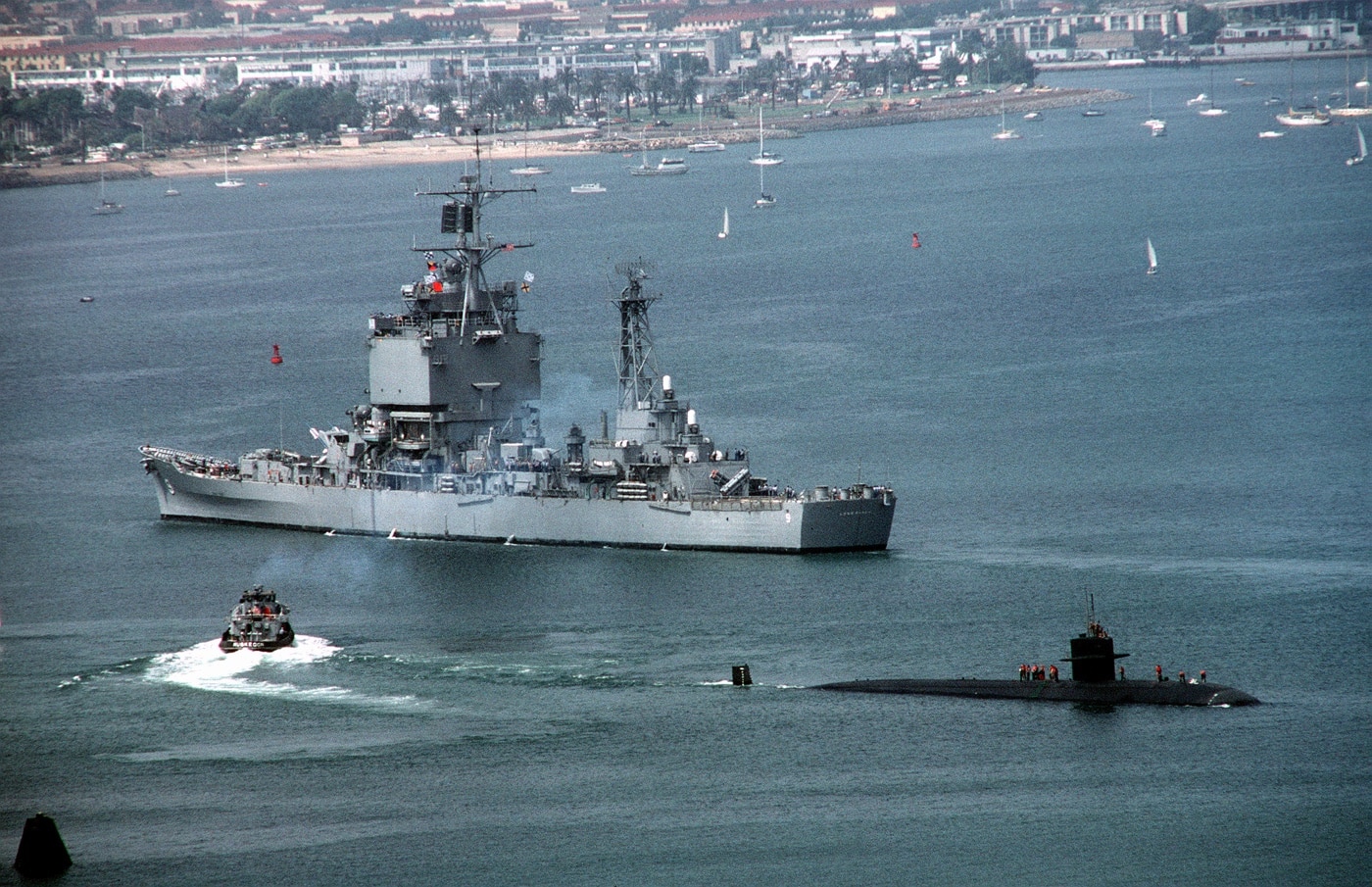
Seeing the CGN-5 and CGN-25 as a success during the Cold War, the U.S. Navy went on to build the nuclear-powered USS Truxtun (DLGN/CGN-35), another destroyer leader reclassified as a cruiser; two California-class guided-missile cruisers; and four Virginia-class guided-missile cruisers.
All of the warships had been retired by the end of the 1990s.
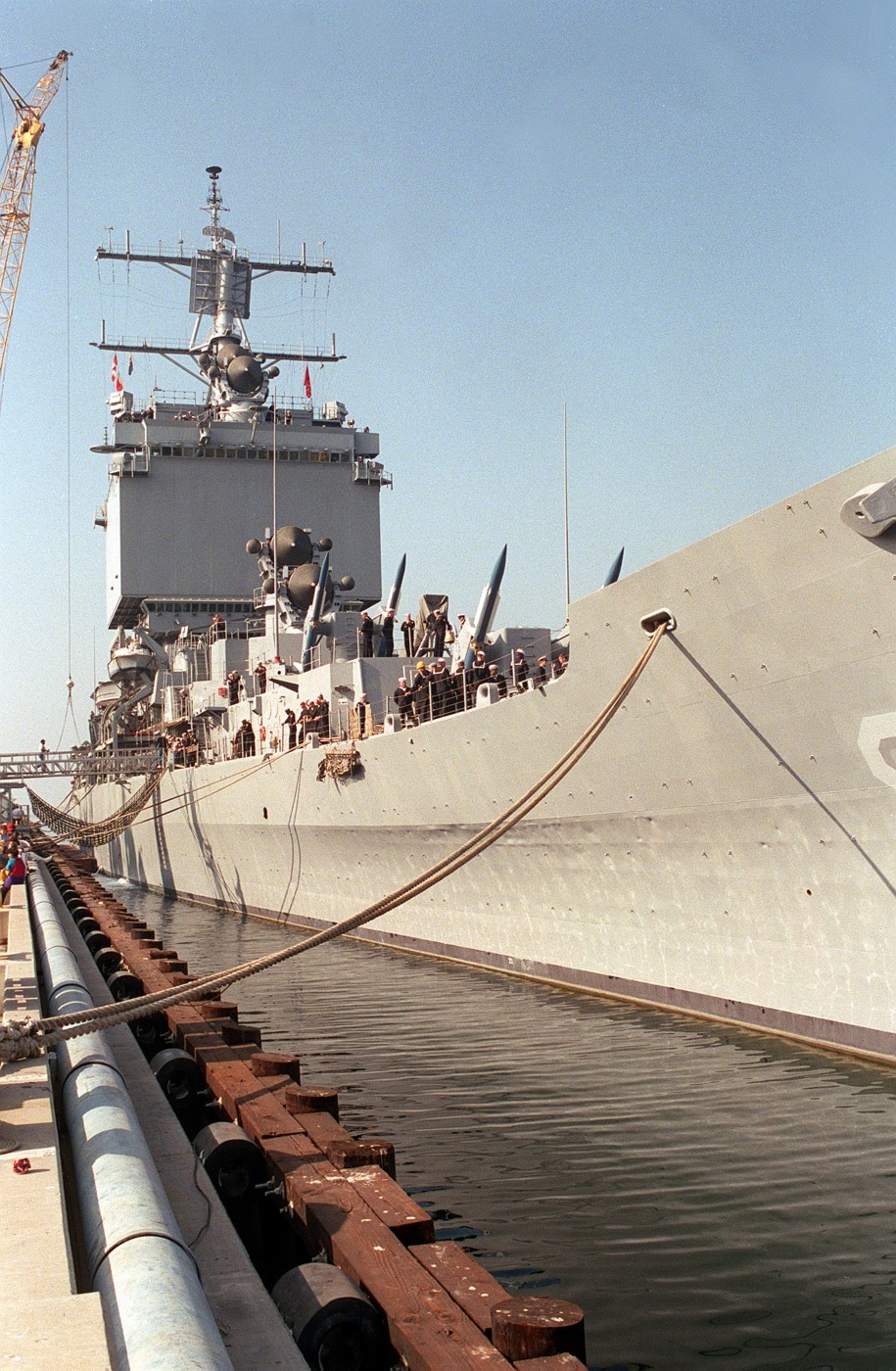
USS Long Beach was one of the first to face retirement — after the Virginia-class USS Texas (DLGN/CGN-39) — and was deactivated on May 1, 1995, having seen more than 33 years of operational service. However, it took nearly 17 years for the ship to finally be sold at auction. Her inactivated ship’s hull and reactor compartments remained at the Puget Sound Naval Shipyard, Bremerton, Washington, as of May 2018.
Nuclear Success, or Failure?
Given that it has been time-consuming and expensive to dispose of USS Long Beach, USS Enterprise, and the other nuclear-powered surface vessels, it remains unclear if this was an effective experiment.
Though nuclear energy was seen as a cheap and even clean source of power, the warships proved to be expensive to build. Also, nuclear propulsion may have meant unlimited range, but the warship still needed to be supplied regularly with food and water, as well as ordnance for its weapons.
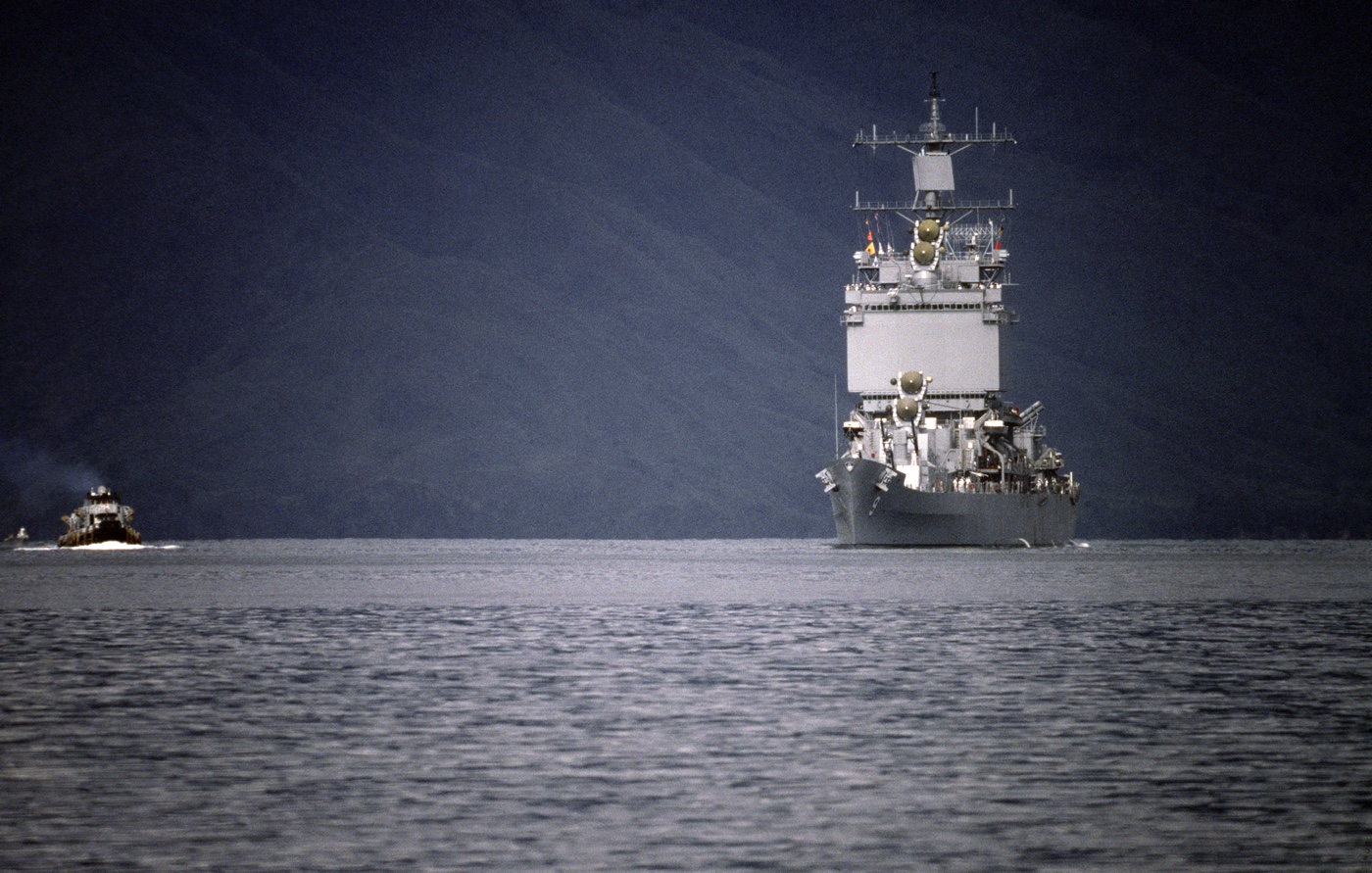
Today, the legacy of the USS Long Beach is that nuclear power is now reserved for carriers and submarines. But that should not diminish the service over the years of this storied ship
Editor’s Note: Please be sure to check out The Armory Life Forum, where you can comment about our daily articles, as well as just talk guns and gear. Click the “Go To Forum Thread” link below to jump in!
Read the full article here


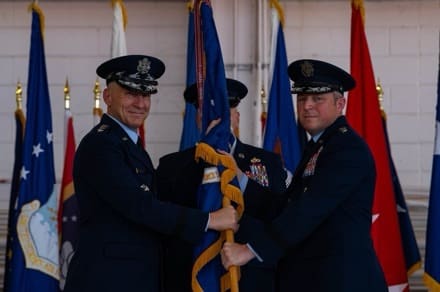

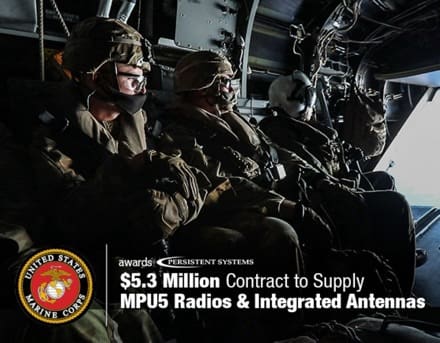


Leave a Reply